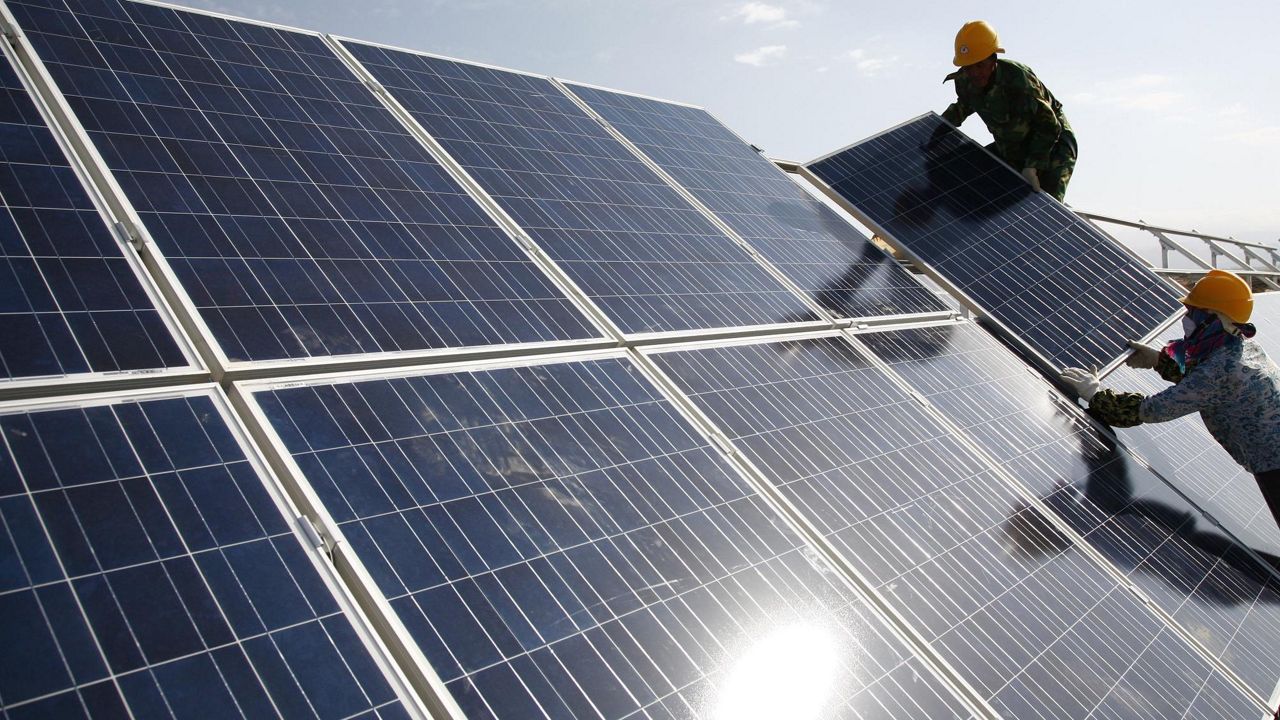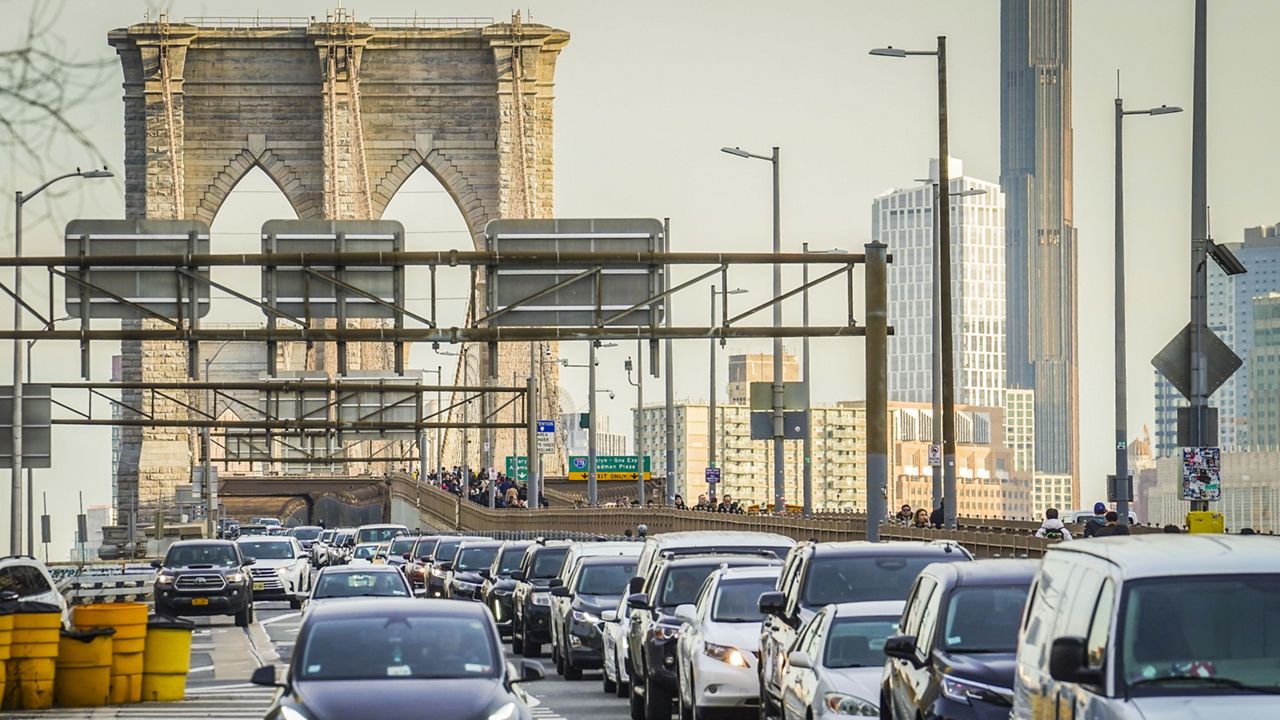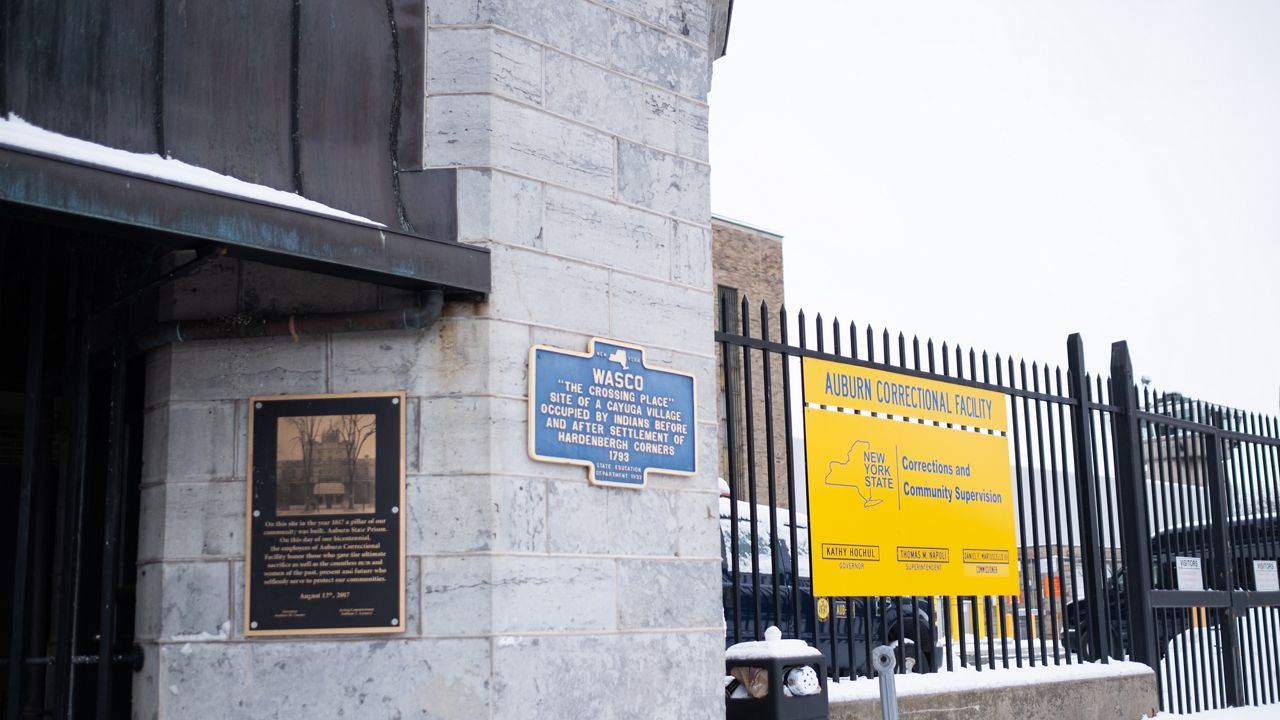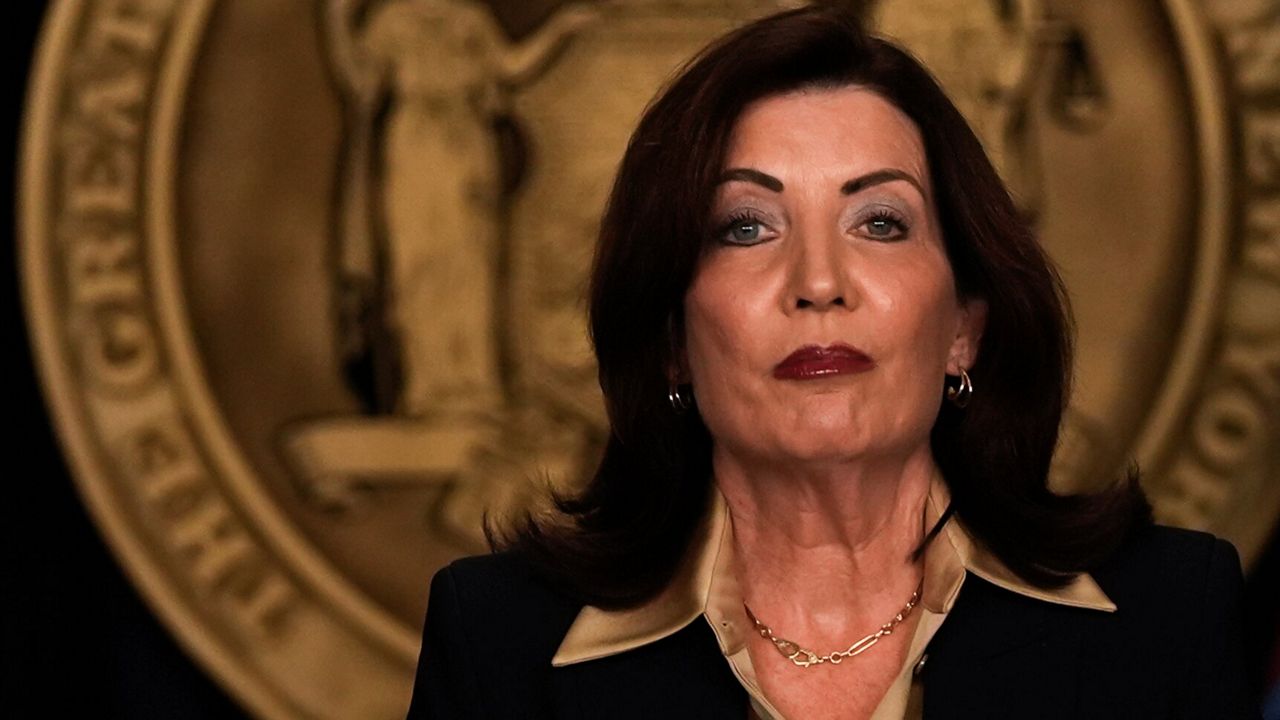A panel of top New York state officials, energy industry officials and experts on Monday approved a final plan for how to reach the goals set out in a law meant to end the state's use of fossil fuels and transition to renewable energy like wind, solar and hydroelectricity.
It's a roadmap for New York to follow until the midpoint of the century, when the state is required to reach zero emissions and have transitioned completely to renewable energy.
Backing up the plan is a sweeping climate law, approved in 2019, requiring New York to hit key benchmarks in the coming years under the transition: 70% renewable electricity by 2030 and 100% zero-emissions electricity by 2040. By 2050, New York must hit zero net emissions.
To do so, the state must change how homes, businesses, cars, buses and even lawn equipment are powered in the coming years. Everything from farming to transportation will be affected.
The vast majority of homes and commercial buildings, 85%, will be required to be electrified with heat pumps by 2050. Nearly all vehicles -- from school buses to tractors -- will be electrified by that point as well.
"New Yorkers can look forward 10 or 20 years to come with a different state, a healthier state, a state less reliant on fossil fuels," said Basil Seggos, the Department of Environmental Conservation commissioner. "This plan will help New York unlock the real climate economy, which is the renewable energy future, zero-emission vehicles and all the really exciting technologies to come."
The coming changes are expected to impact nearly every aspect of life in New York with officials pointing to the benefit of jobs in the so-called green economy as well as the effect of reducing emissions on low-income neighborhoods. Labor unions, a key constituency in New York politics, are also on board.
"We are talking about a transformative level of investment, there's no doubt about it," Harris said. "But what we have learned that it's better to invest in the long run because of the benefits that will accrue to New York."
Much of the work is already underway. New York is due to end the sale of gas-powered cars and trucks in the next decade. The state is receiving cash from the federal government to help build electric charging stations, and voters this year approved a $4.2 billion bond act meant to bolster environmental infrastructure.
But there are critics of the plan.
For instance, the New York Farm Bureau says the technology for electric farm equipment is yet to exist. Republicans and the power industry have raised concerns with the effect the change could have on monthly utility bills.
Gavin Donohue of the Independent Power Producers of New York said the climate council officials aren't taking cost into consideration.
"Everyone wants everything clean, which I get," said Donohue, a member of the council who voted against the plan. "They want it available so it's reliable. And they want it cheaply. That's impossible to happen."
Those costs could be borne by New Yorkers when they pay their utility bills.
"We're going to lose more population and more businesses," Donohue said. "What I worry about is the investments go to Pennsylvania and Ohio and we're still subjected to the dirty air from those states."
And then there are the skeptics who do not believe the plan will go far enough. Much of the plan will require either the state Legislature to act or to make real thorough regulations.
"A critical question is whether state lawmakers will finally step up to the plate after 30 years of inaction on climate and energy, rather than leaving it in the hands of the governor," said longtime environmental activist Mark Dunlea. "Lawmakers should speed up the timetable."








